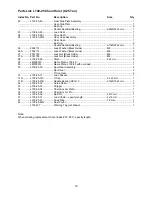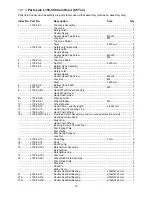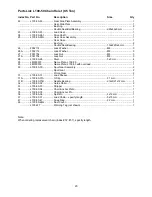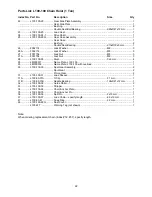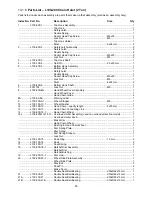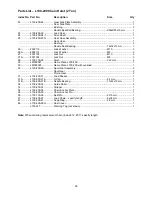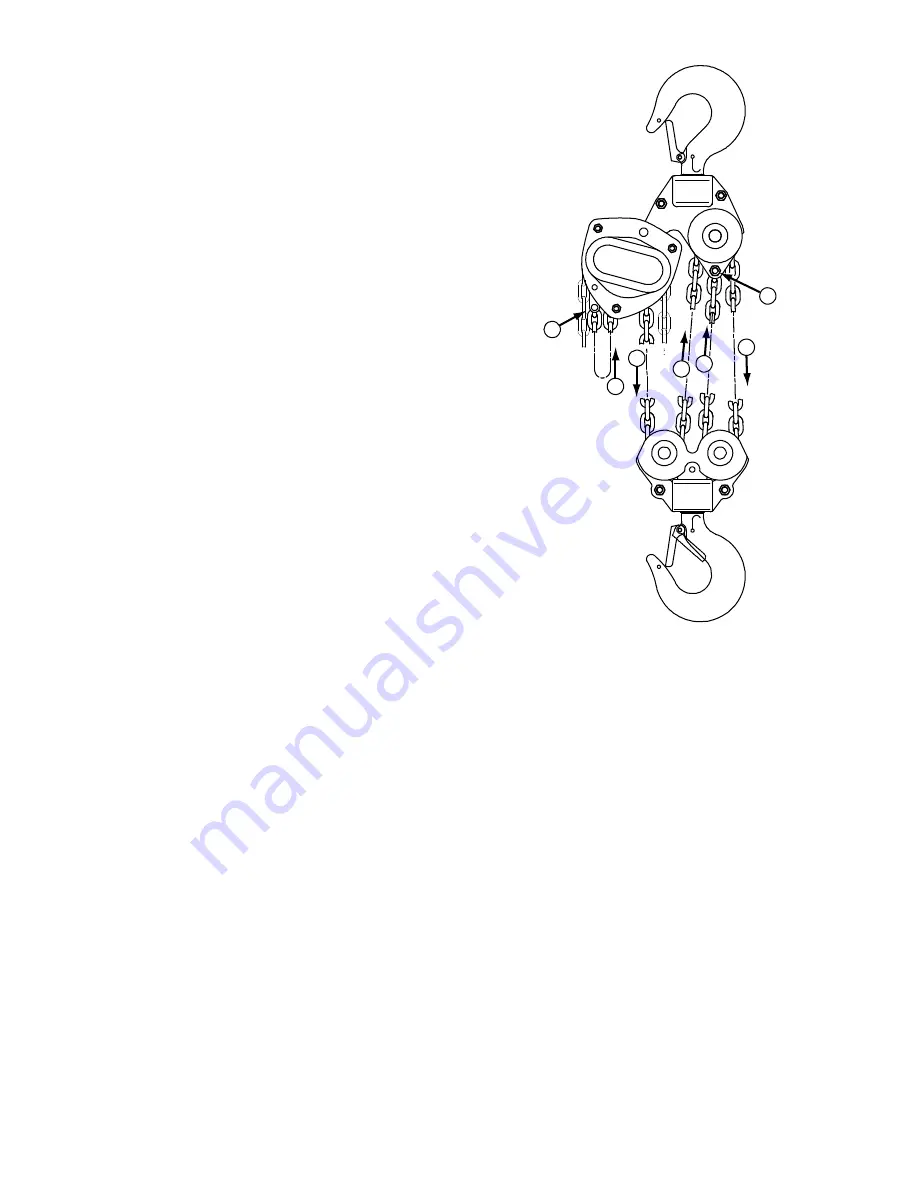
11
7.7
Chain Installation: 10- to 20-Ton
Hoists
Referring to Figure 14:
1. After installing the load chain into the load
chain sprocket (B), run the remaining chain
through your hand to remove any twist. The
last link of the chain must be in the same
direction as the first. If not, cut off the last link.
2. Insert the last link into the left side pulley of the
lower hook (C).
3. Pull the load chain through and up from the
underside of the pulley (C, D).
4. Insert the last link into the right hand pulley of
the upper hook, moving the chain up, then
around and down (D, E). Check that the load
chain is not twisted and
welds face away from
the pulley.
5. Insert the last link into the right side pulley of
the lower hook, pulling around, then up from
the underside of the pulley (E, F). Check that
the load chain is not twisted and
welds face
away from the pulley.
6. Remove
the
cotter pin
and
chain anchor pin
in
the
upper hook slot
(G).
7. Insert the last link into the upper hook slot.
8. Check that the load chain is not twisted.
Re-position the
chain anchor pin
back through the
upper hook slot and the last chain link and secure
with the
cotter pin
.
8.0
Overload Protection
Some models of the L-100 Hoist have overload
protection in the form of a slip clutch (these are
identified by “WO” in the model number). The slip
clutch is effective at 160% +/-20% of the rated hoist
capacity.
The slip clutch will allow the hand chain pulley to
move without lifting the load, if the load is too heavy
for the hoist. The slip clutch has been pre-adjusted
at the factory and should not require any
adjustment by the user. If future adjustment or
repair to the slip clutch should ever be needed, this
must be done by qualified personnel.
A
B
D
C
E
F
10 Ton
G
Figure 14


















